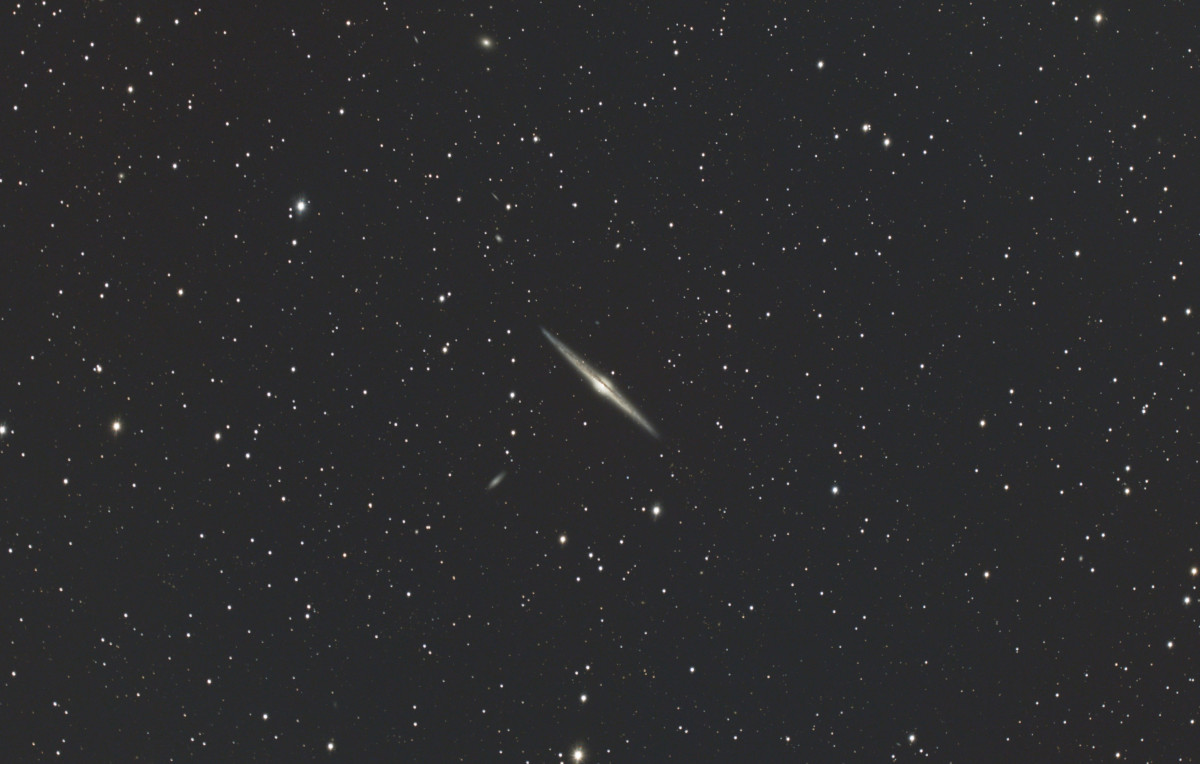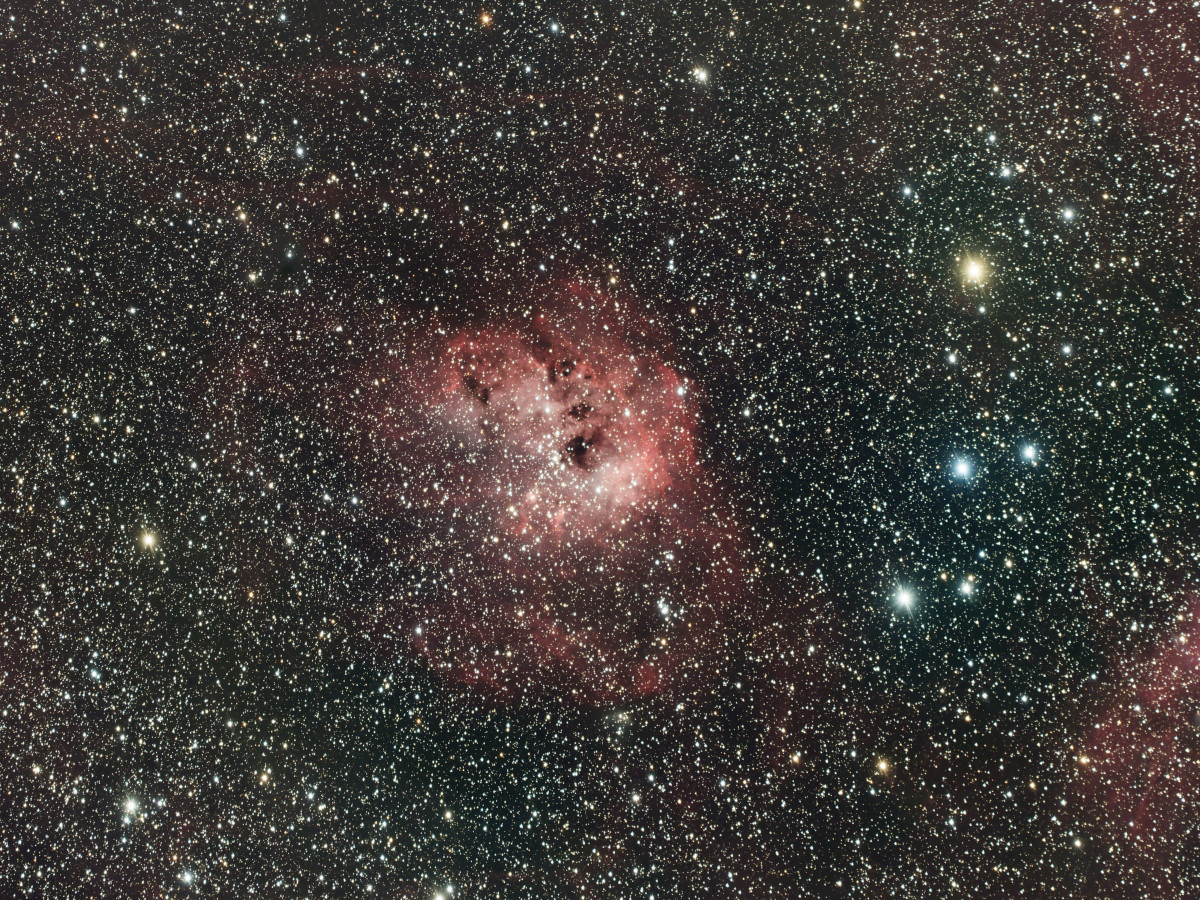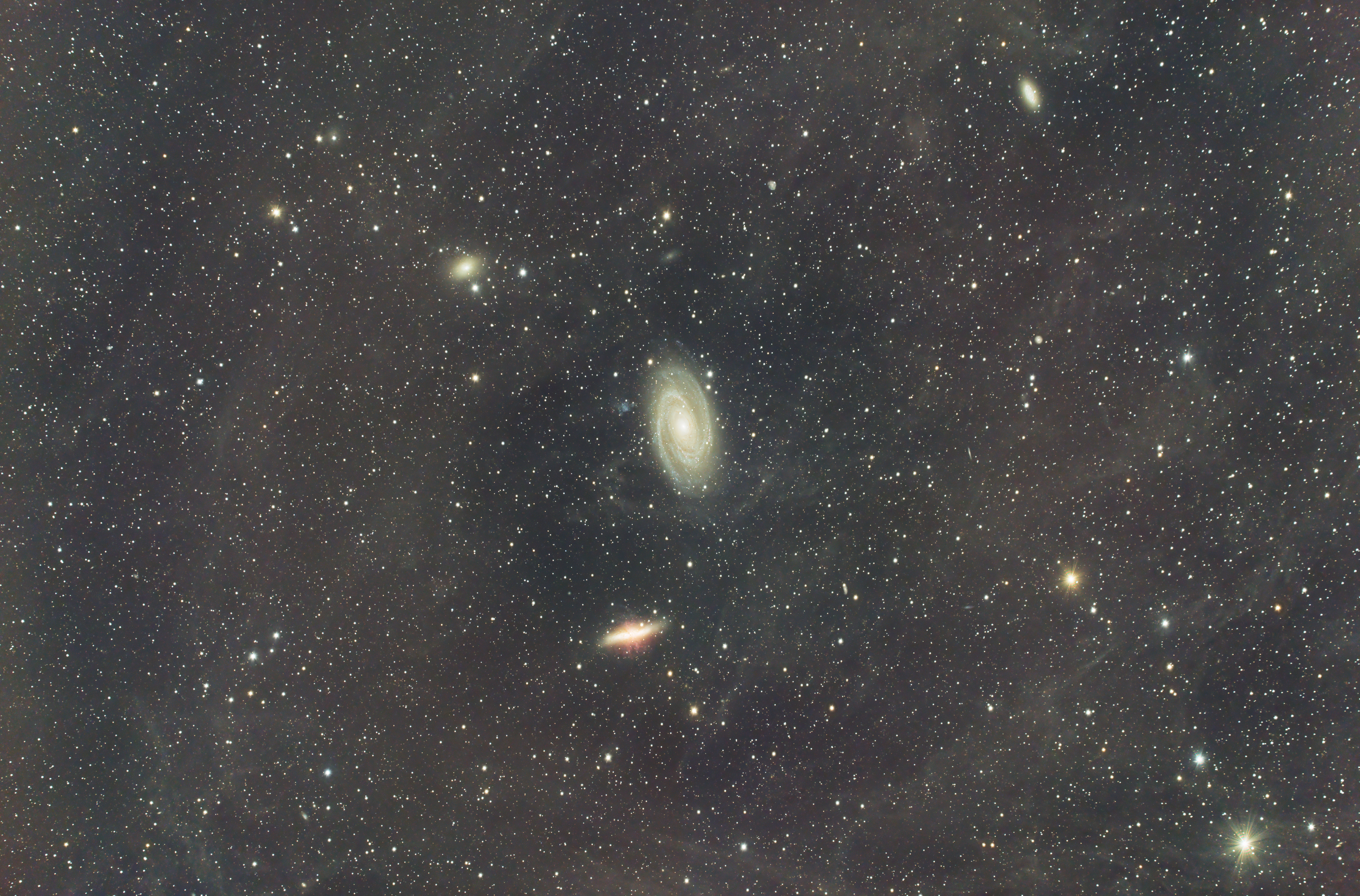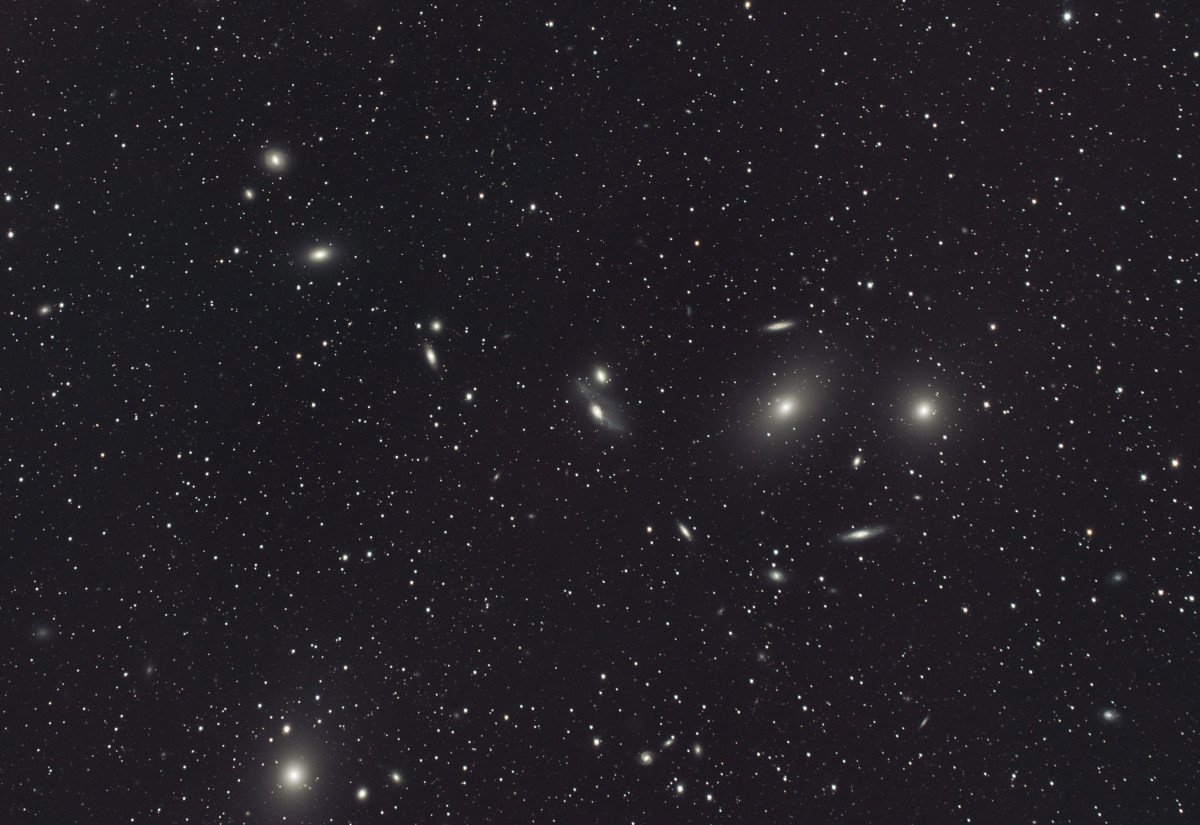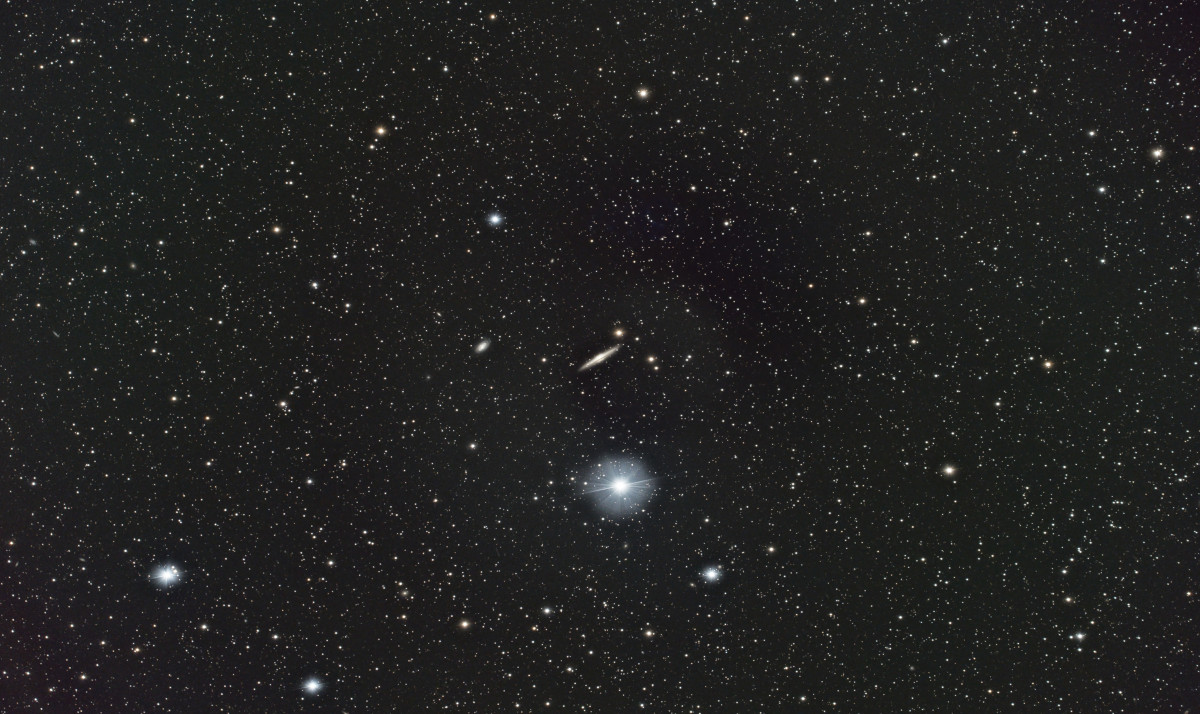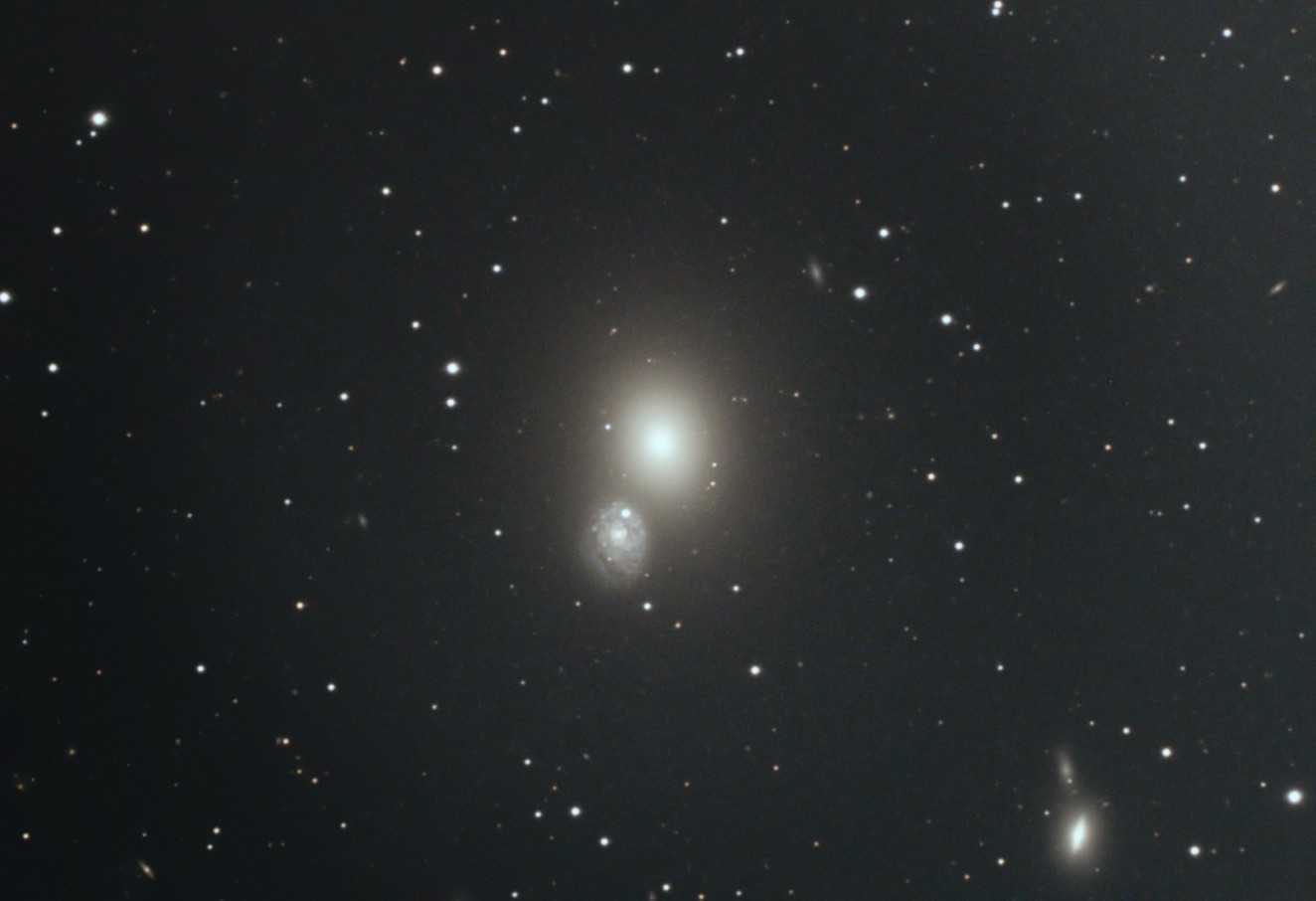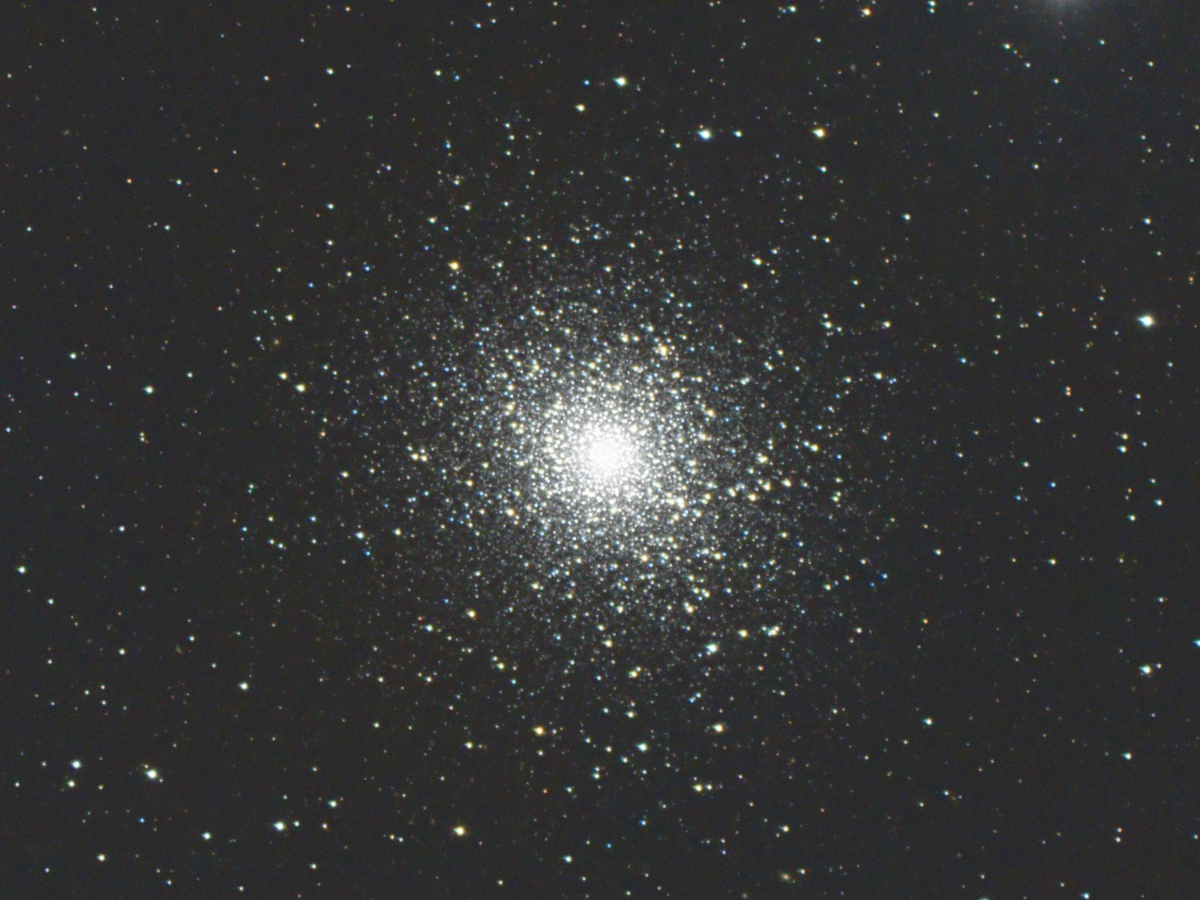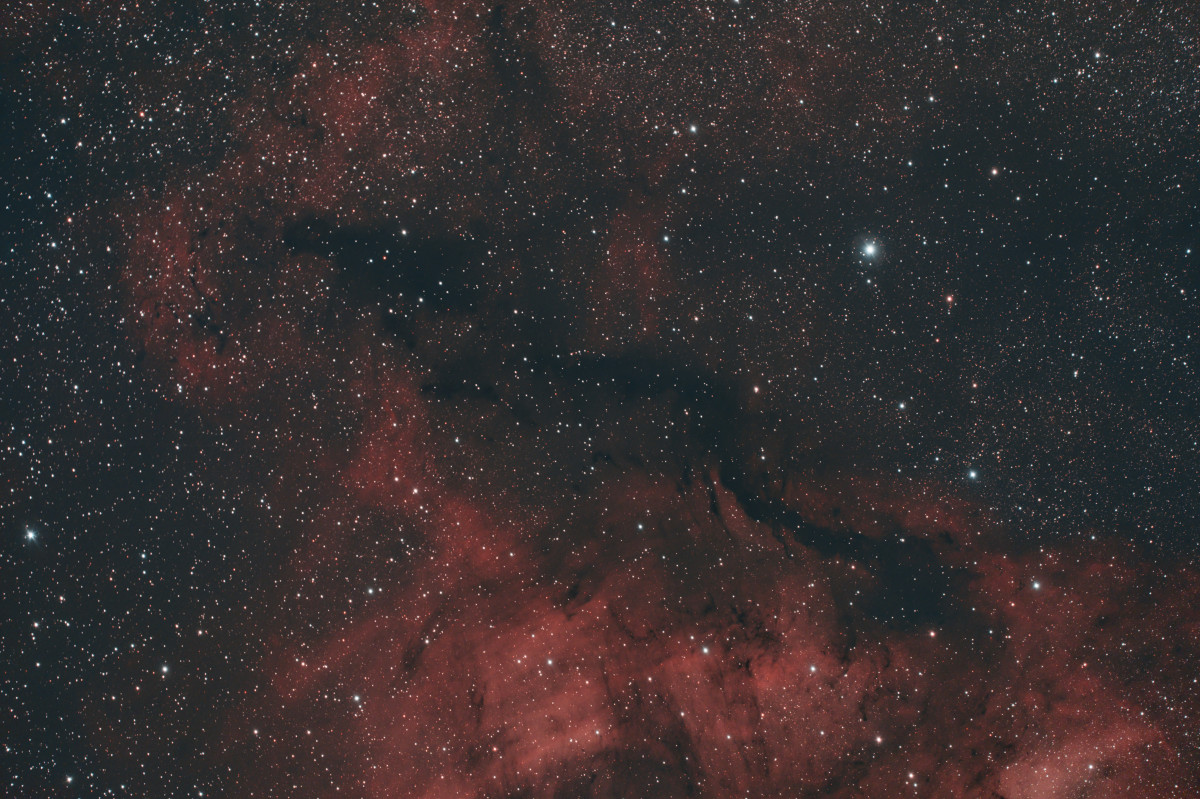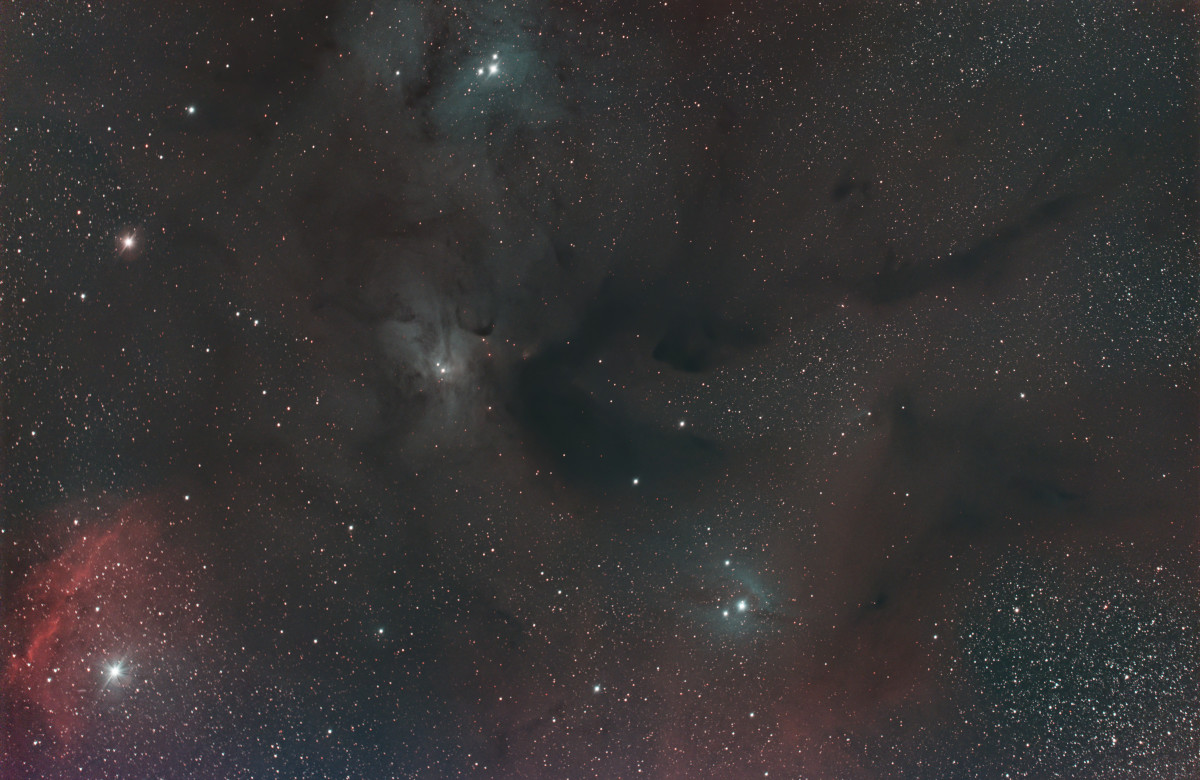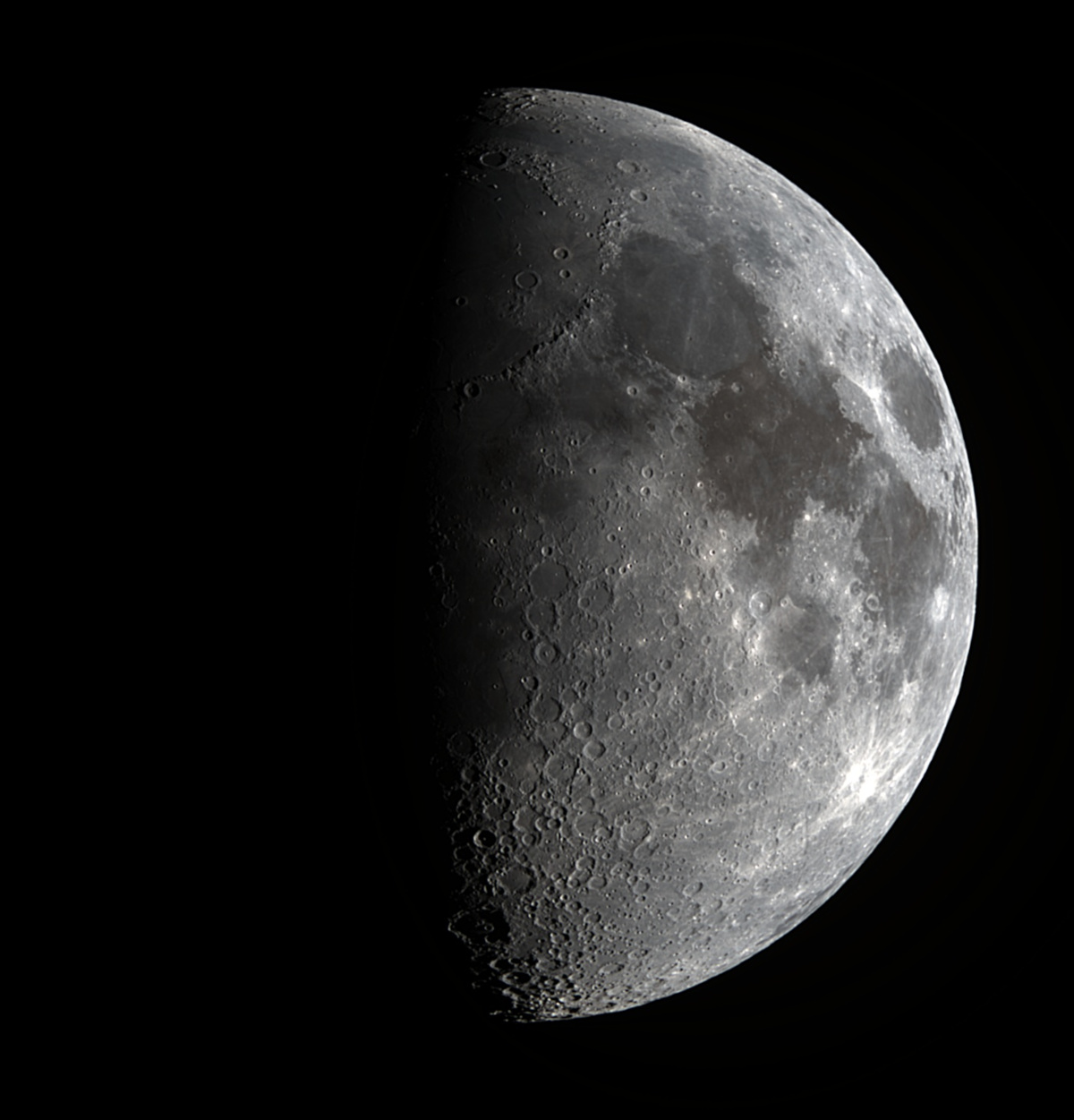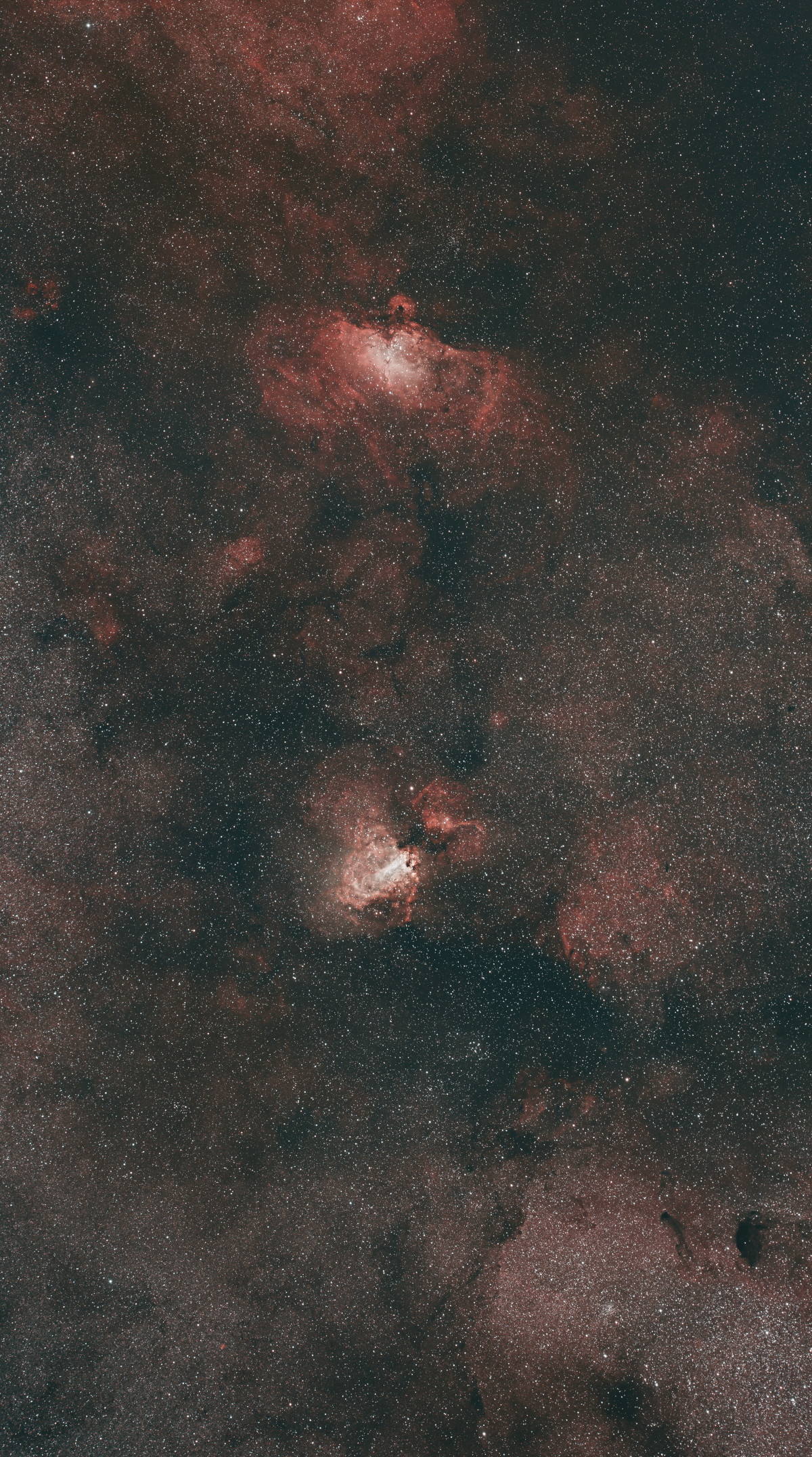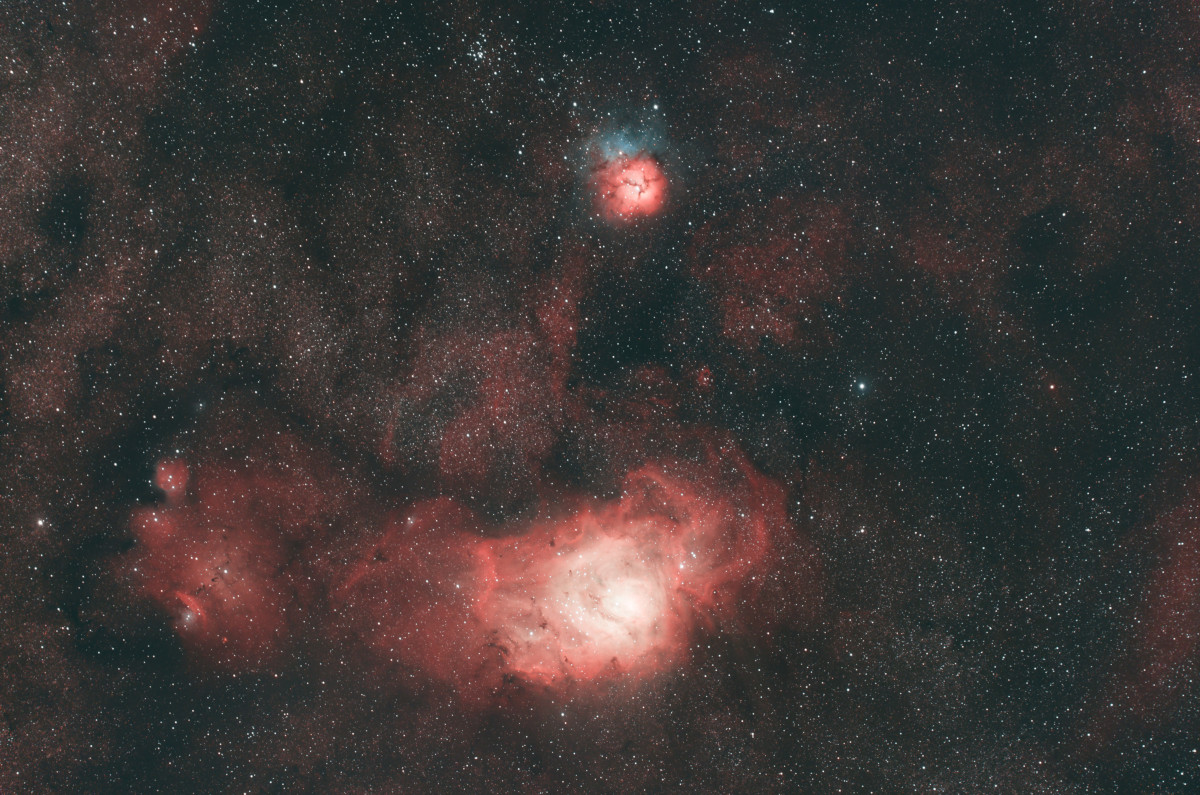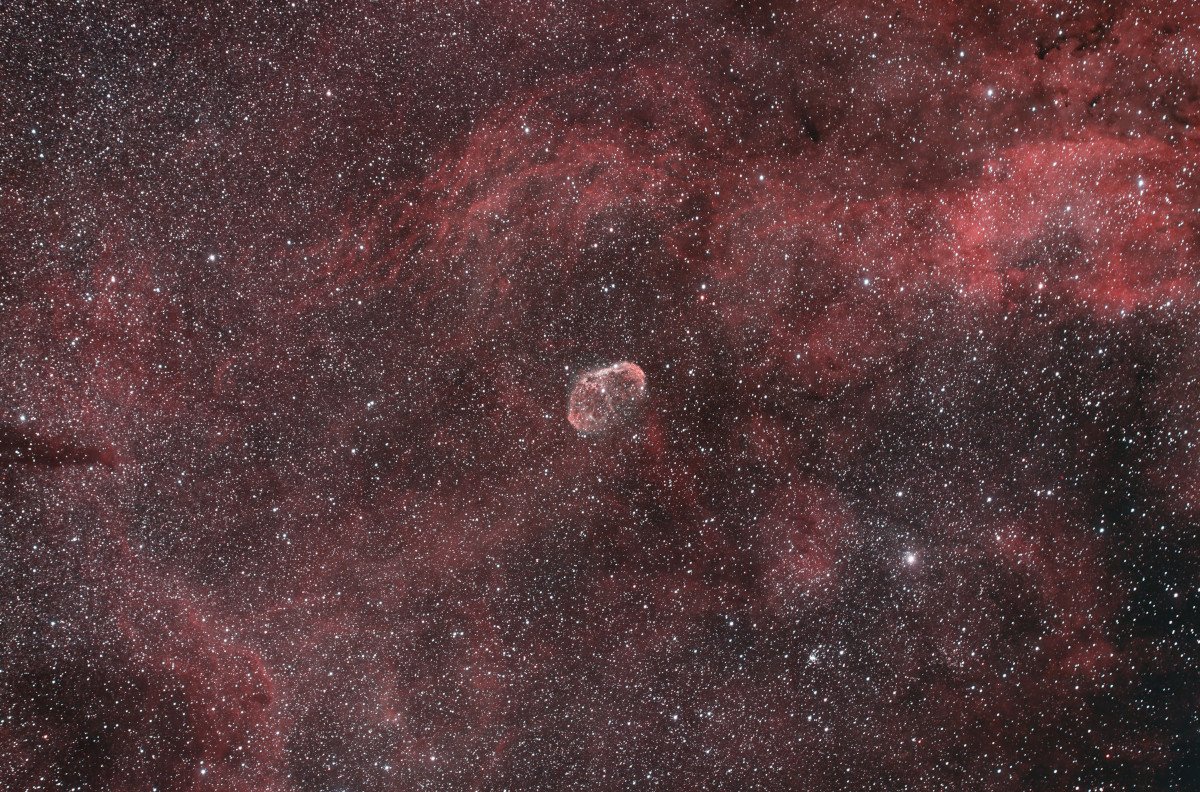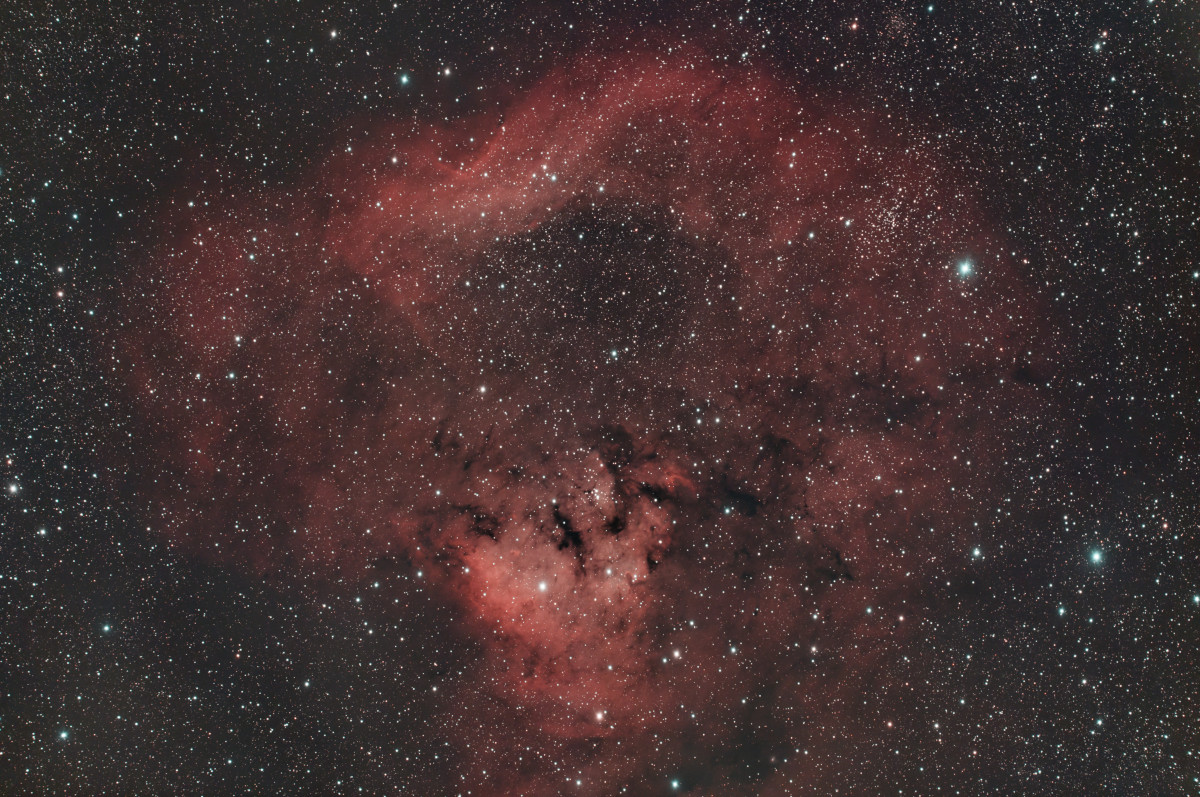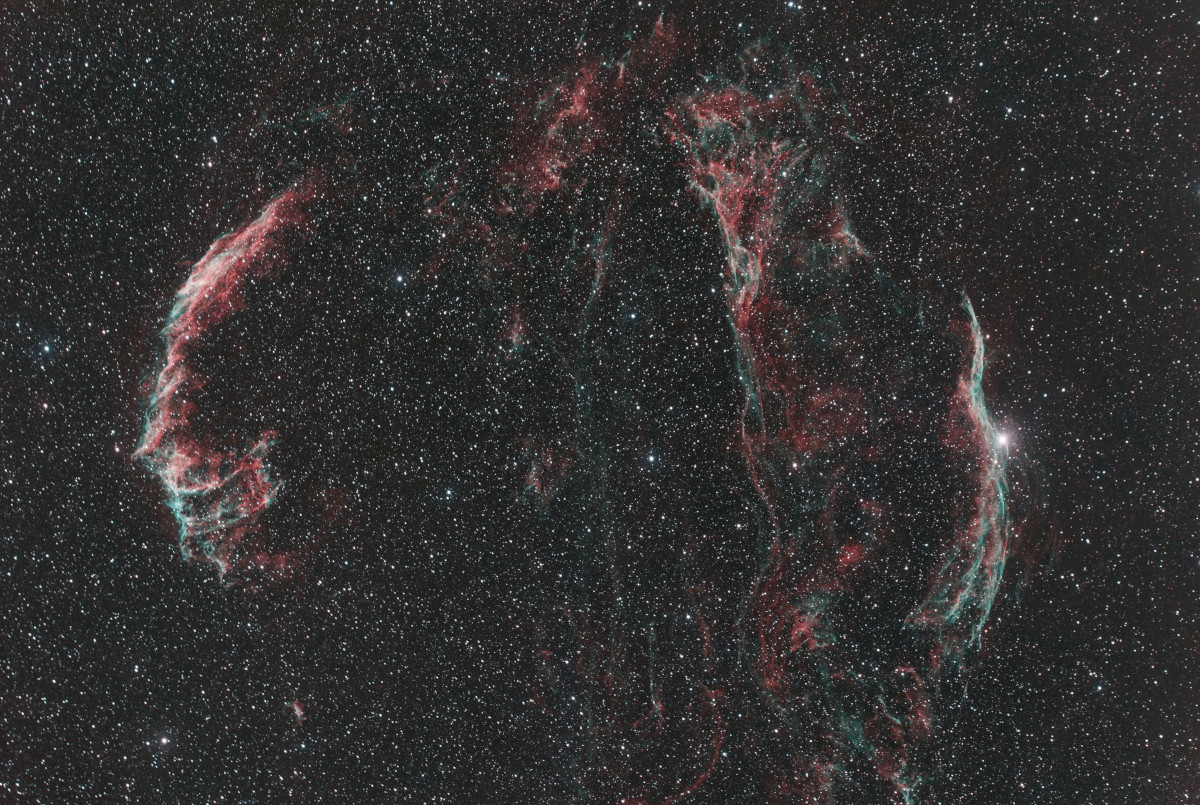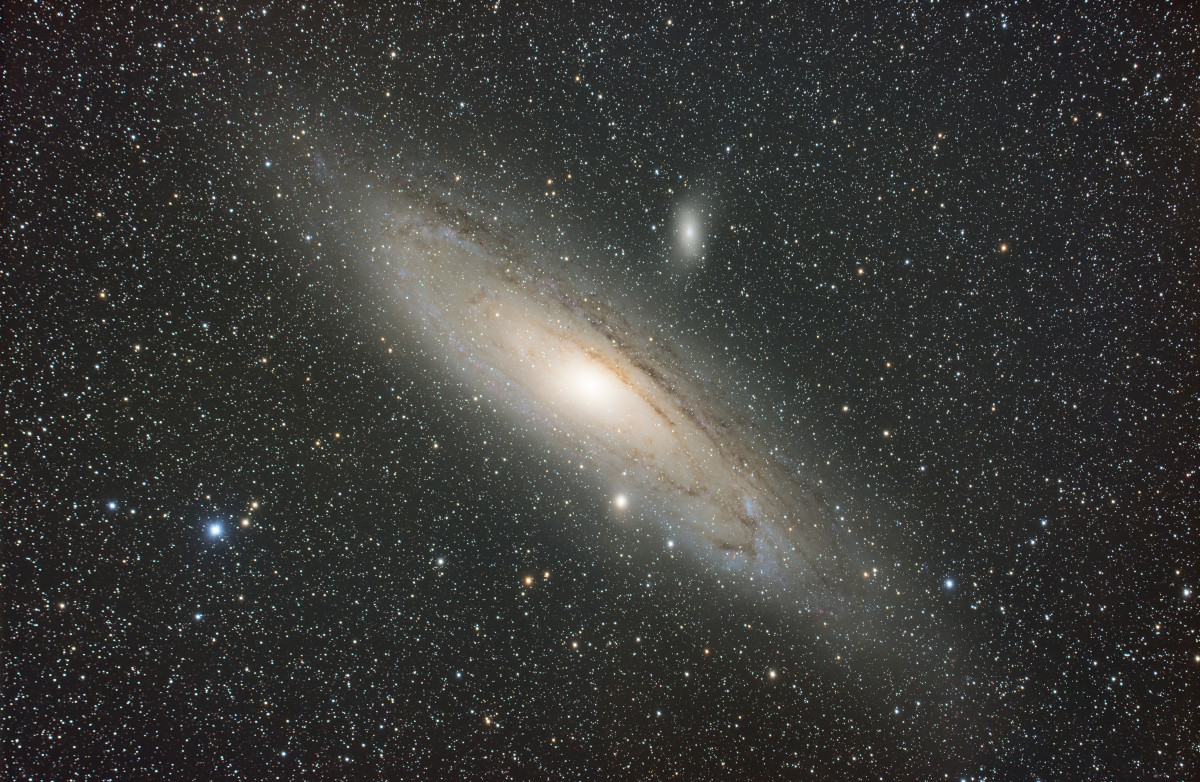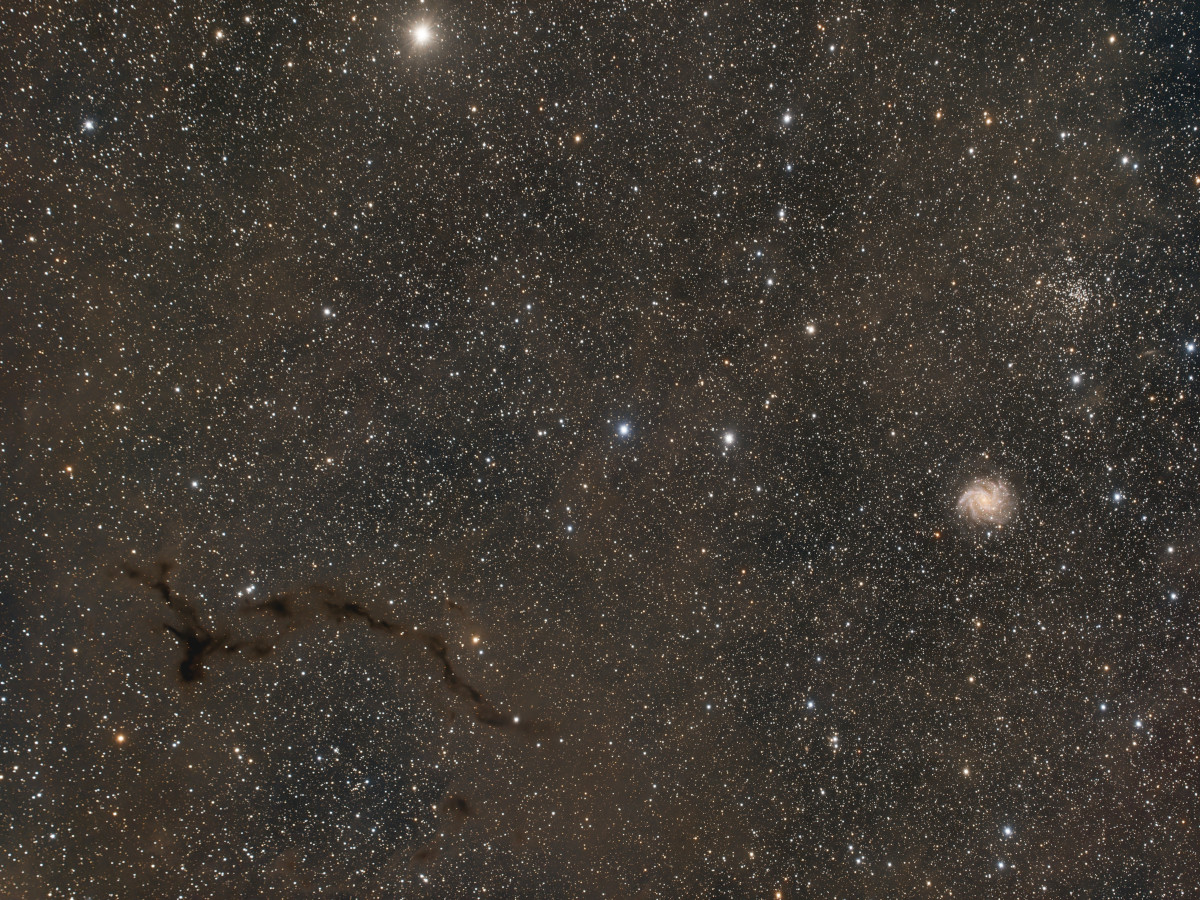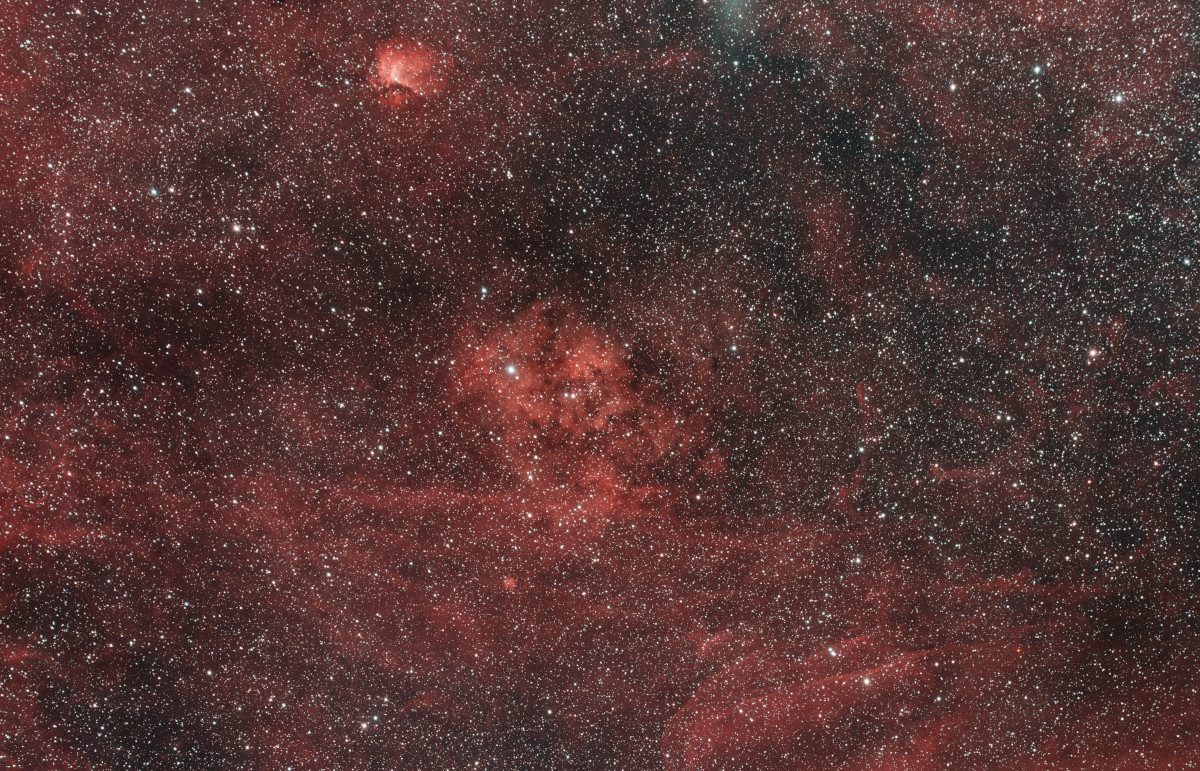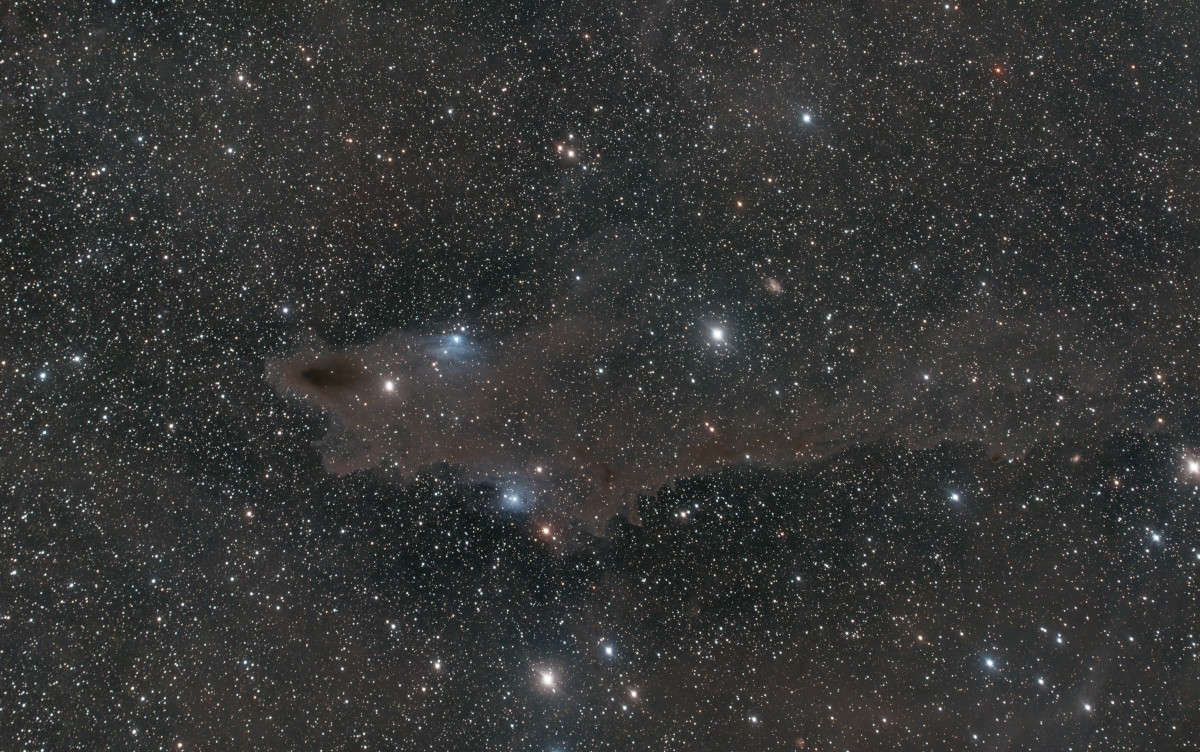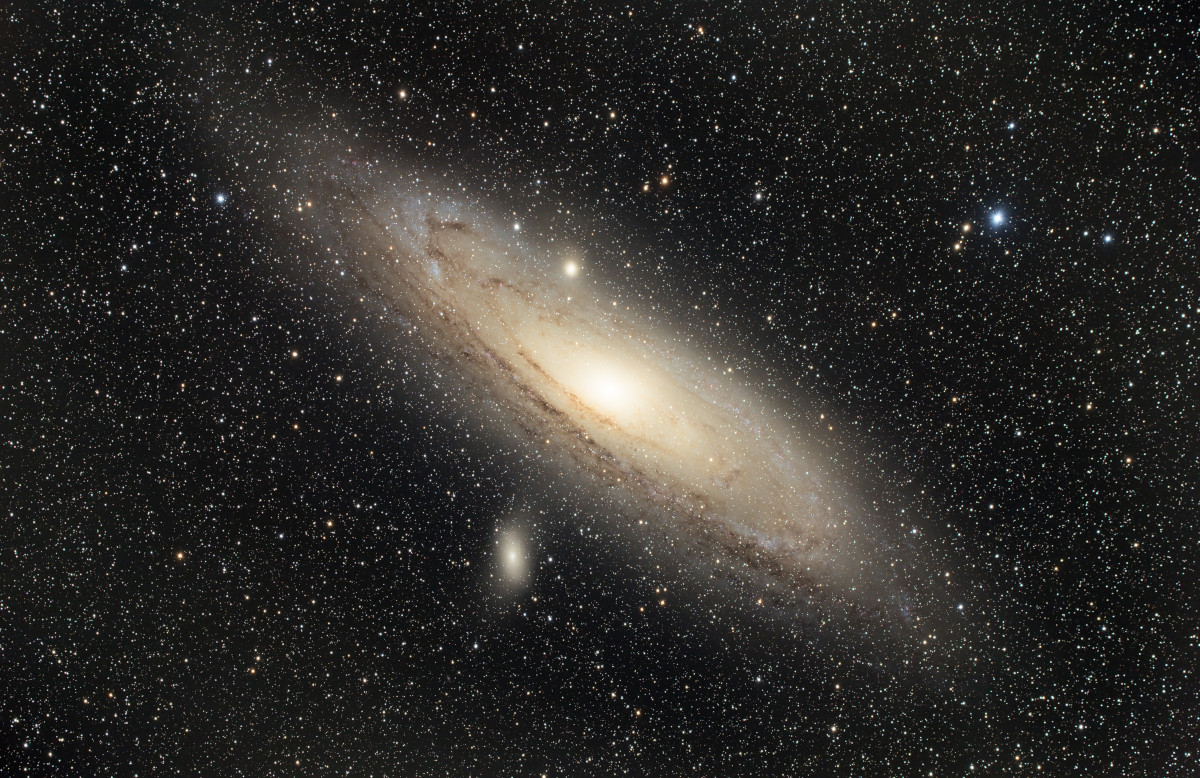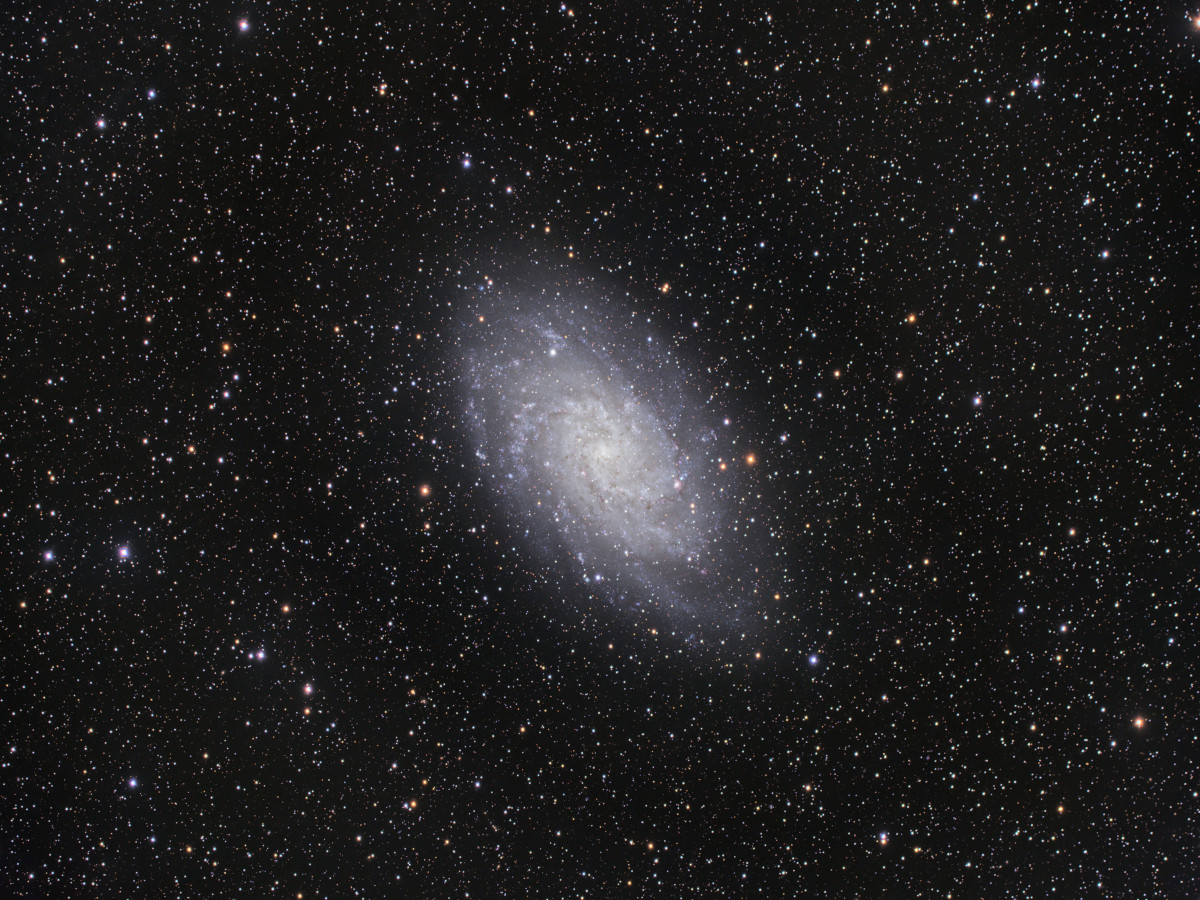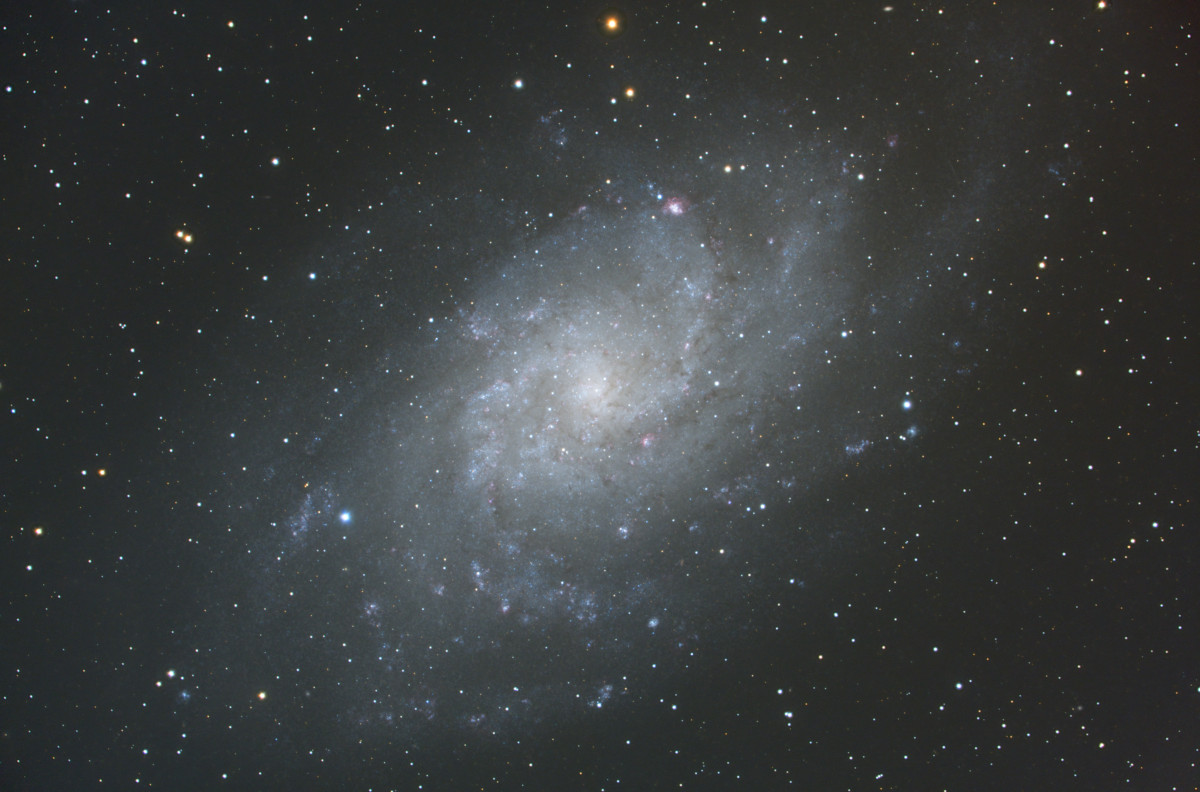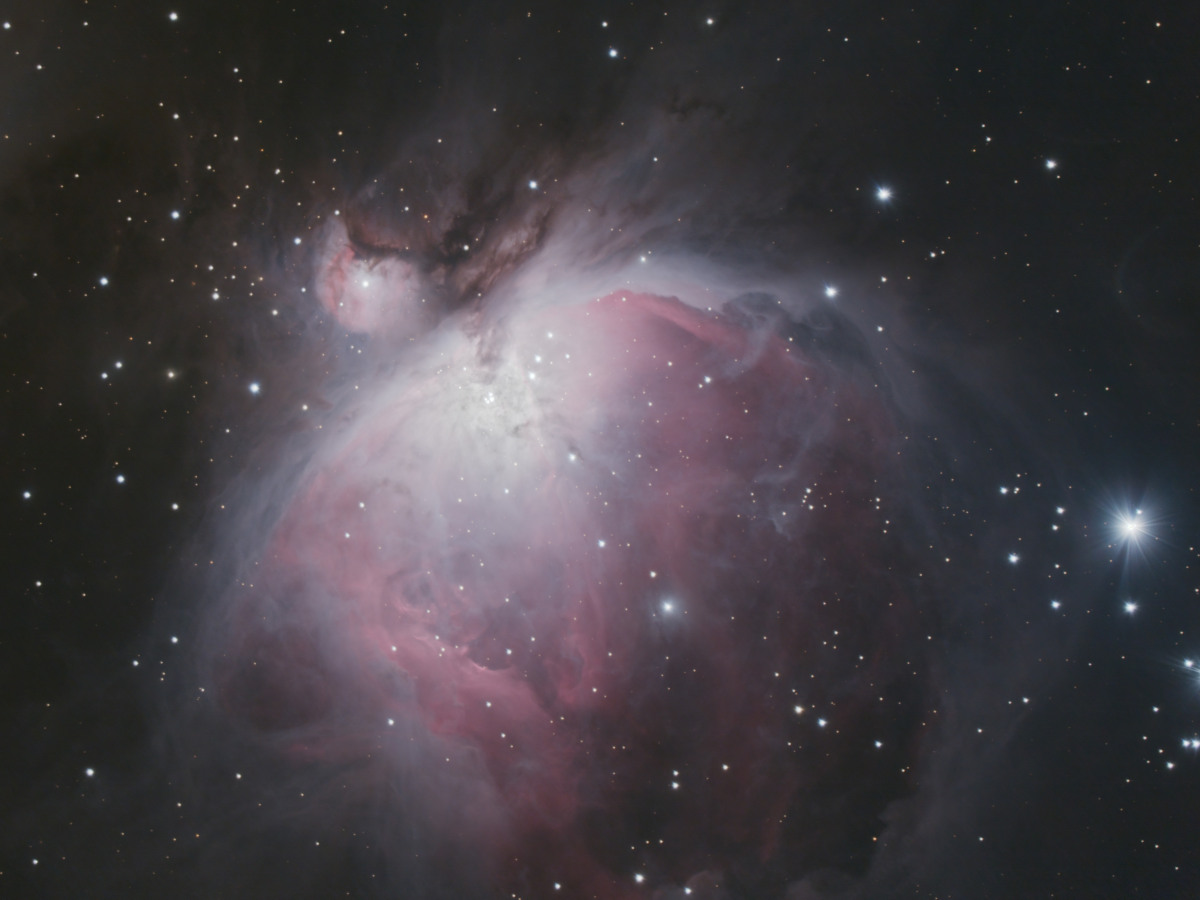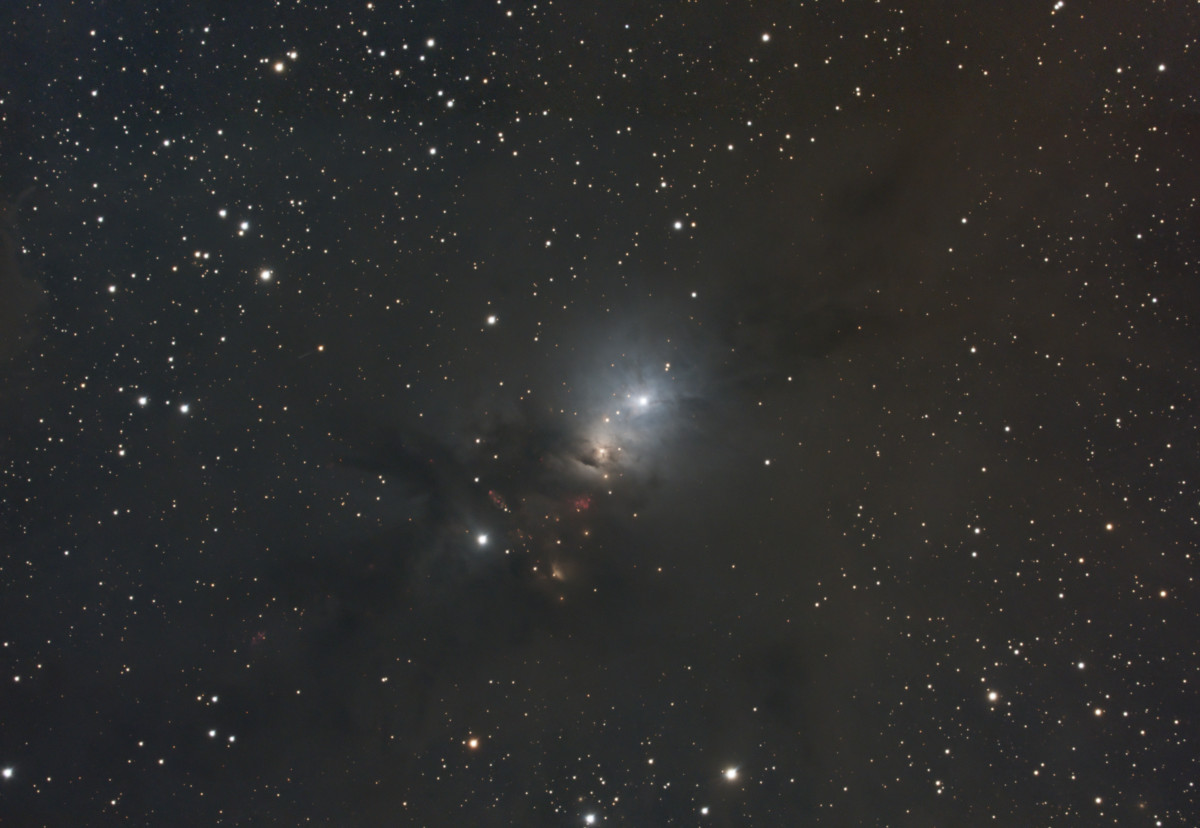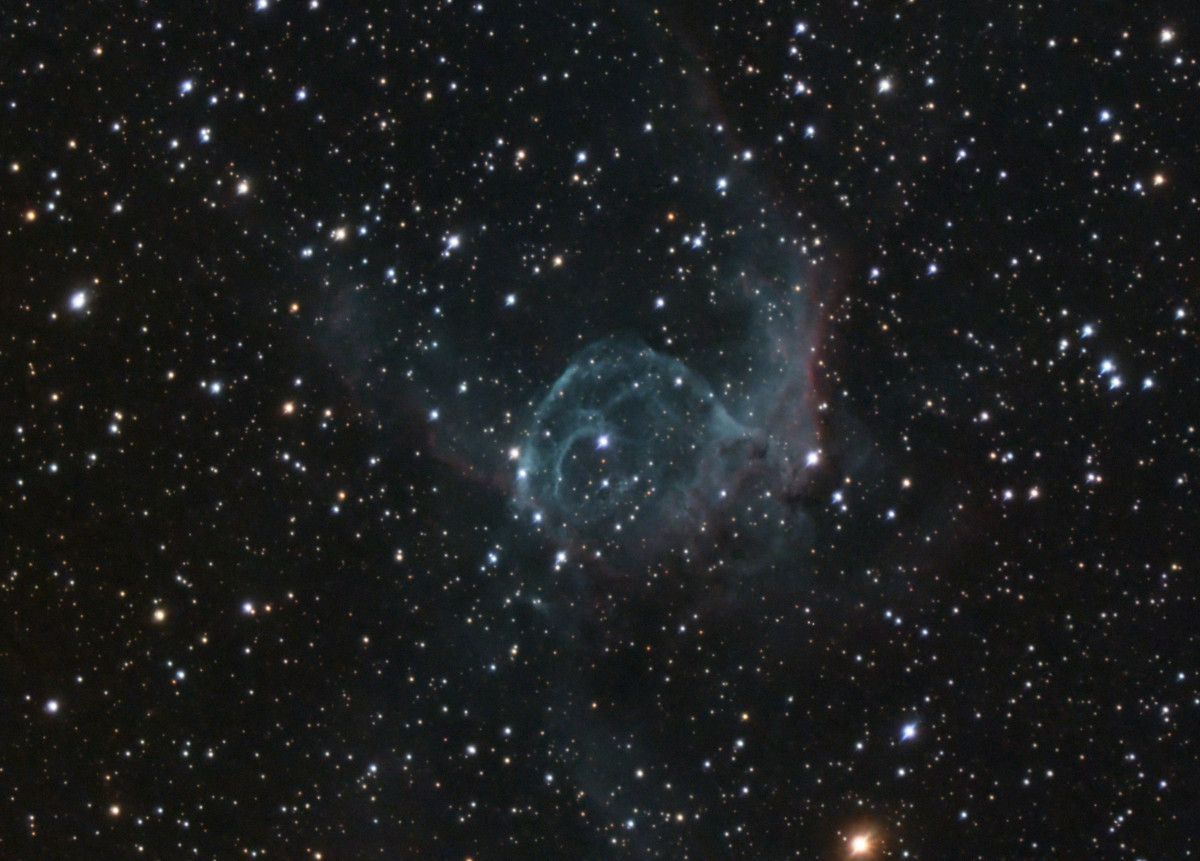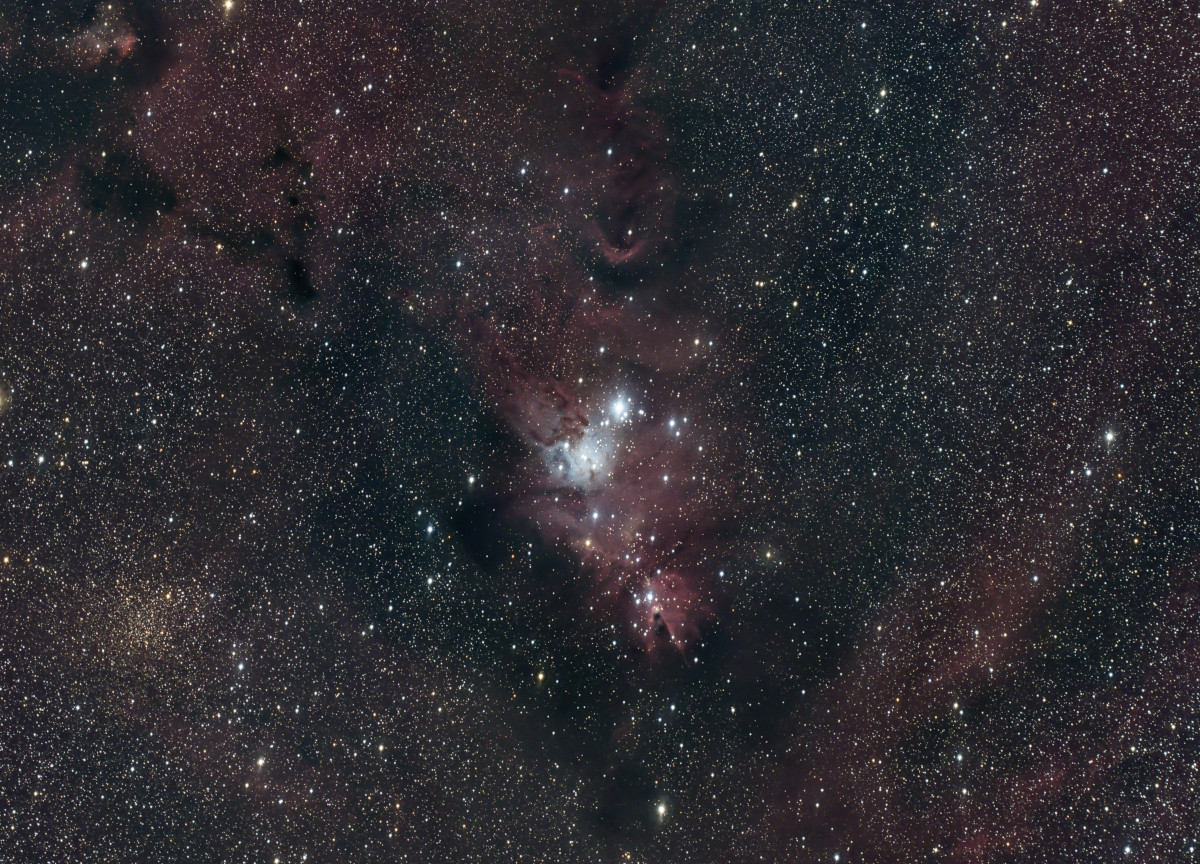
One year of astrophotography
31 décembre 2022
Tags: astrophotography astronomy celestron
|
Note
|
Une version en français est disponible ici ! |
This is it, 2022 is coming to an end! I am regularly posting pictures of the universe I take from my backyards, but you may have missed some of them (note: I used to post them on Twitter, but now that I moved to Mastodon, I have a dedicated account for this), so this is the opportunity to recap!
Making great photos of the sky takes some effort: of course you need some gear (telescope, camera, …), you need good conditions (weather, moon, …) but you also need skills in software post-processing. The photos I take those days are already much better than the ones I used to take a few years ago, but I see a lot of defects, noise, focusing problems, etc. so there’s still a LOT of room for improvement.
A couple of Twitch sessions (in french)
This year, for the french speaking, I have done a couple of sessions on Twitch where I explained the basics of astrophotography, from my point of view. It’s a couple of ~90 minutes videos each, where I give some details about my setup, the gear, and software processing. I’ve done this because I’m always getting the same questions:
-
what telescope to choose?
-
how long does it take?
-
how much does it cost?
-
how do you proceed?
-
etc.
If you are interested (and french speaking), here are the links:
Let me know if you are interested in seeing something similar in English.
2022: The photos
I’m going to list the photos in chronological order.
|
Note
|
The photos I’m posting here are copyrighted, you may not use them or sell them without my permission. |
Sometimes, there are weeks between photos, and that’s almost certainly because of the weather: when I have the opportunity, you can be sure I always take the setup out. However, sometimes, it’s also because I failed: you capture data, but you made a mistake (e.g, incorrect focus, not enough exposure, wrong flat frames, …), and you have to drop everything…
For each of the photos I’m posting here, it’s a low resolution version. You can click on each of the photos to get a link to their version on Astrobin, which will also give you:
-
acquisition details (when, how many exposures, filters, …)
-
a full resolution version : most of the photos are 62-megapixel (sometimes less because of cropping, sometimes more because of mosaics), which is roughly 7 times as many pixels as what you have in a 4K UHD TV!
Note that when you’re on Astrobin, you can click on the photo to go to the full version, which has considerably higher resolution than the preview.
January
It’s the holiday season, so let’s get started with NGC 2264 also known as the "Christmas Tree Cluster": it’s an open star cluster about 2300 light years away, located in the Monoceros constellation, which also shows a beautiful nebula called the "Cone nebula".
During winter nights are quite long, which also gave me the opportunity to shot another target, NGC 4565 aka the Needle Galaxy, a classic. I didn’t get enough data to properly capture the colors, but it’s still an interesting shot!
Februrary
Late winter, more than a month after the previous photos, I went for a target which is well known of astrophotographers: NGC 1893. It was an image which proved difficult to make and process, because of the presence of the bright stars which created colorful reflections on my very fast setup. Processing can probably also be improved to reduce the stars and show the nebula better.
This opens the "galaxy season", which is lasting almost all spring. The next image is a "classic", the M81 and M82 couple, but I’m not super happy with the processing and resulting colors. This image has lots of details, and especially, I wanted to highlight the Integrated Flux Nebula which is clearly visible in this sector of the sky.
March
The next photo is another classic of the galaxy season, known as Markarian’s chain. It is lesser known to the public that while stars are grouped in clusters and galaxies, galaxies themselves are organized in larger, extremely wide structures called local groups or chains. Those galaxies are bound together by gravity, and Markarian’s chain is a spectacular example of this, with a small area of the sky showing dozens of galaxies in interaction.
April wasn’t a good period, with no photo whatsoever, unfortunately, but May was the most prolific of period of the year!
May
Galaxy season isn’t over in May. I chose to image another galaxy which looks similar to the needle galaxy: NGC 5746. Yet, again, processing proved to be difficult because of the very bright star below it.
Galaxy season continues with probably one of the most interesting photos of this year. It isn’t particularly sharp, and there’s a lot of progress to be made on processing this image, but it was an opportunity I couldn’t miss: taking a picture of a Supernova, that is to say a star which dies by exploding and emitting so much light that its brightness literally makes it stand out of the galaxy hosting it. The photo is also spectacular in the sense that it’s taken with a long focal length, in order to "zoom" as much as possible, but still shows a lot of other galaxies in this small area of the sky! Here is Supernova 2022hfs in NGC 4647: in the middle we can see the M60 galaxy and its companion NGC 4647. In that galaxy, at the upper top, we can see a bright spot which is the supernova:
Another classic of the dark skies is the beautiful M5 globular cluster:
I have a fascination for "dark nebulas", which are nebulas which show dark structures, usually because of the presence of dust which blocks light, or simply because some large gas structures are not uniform. Usually taking photos of such structures requires time, long exposures, which is still possible during that period of the year, but becoming complicated.
I took a couple pictures of such nebulas in May.
First one is B347 and LDN 889 in Cygnus which is showing an emission nebula with a nice dark area in its center:
The second one is a beautiful complex structure showing dust blocking light and creating uncanny colored structures: IC 4603.
Usually, I’m avoiding the moon: I prefer the beauties of deep sky objects which require very dark skies and no light pollution. However, from time to time, I like to give the moon a shot, which is what I did on May 10th:
June
June is the beginning of the "emission nebula" season. There are a lot of good targets that we can start shooting during summer. One of the classics is the Eagle nebula, which I had already shot. So I wanted to capture this area in wider field. This is why I started with a mosaic which is extremely detailed if you go to the full picture below: the image is 7360 pixels wide, for 13200 pixels height! The area covers the region from M16 to M24:
The next photo is probably my favorite of 2022. In comparison to other photos which literally requires hours of exposure, this one "only" took an hour, but it shows one of the most beautiful areas of the sky. I was particularly eager to do it, because it’s difficult to have good conditions to capture it where I live: it’s relatively low in the sky, so there is unfortunately a very short period of time when the conditions are met to capture it, and when you do so, you can’t capture a lot of data. In any case, here are the Trifid and Lagoon nebulas, as I said, probably one of my favorites, showing beautiful colors and well visible gas structures:
When you are an amateur astronomer, one of the first targets you try to see (especially in European summer) is the ring nebula (M57) in Lyrae. It is a very bright nebula which is easily visible even with modest instruments. Taking a picture of it and getting details of its structure is harder. Here, I took an ususual approach, by going full focal length and taking lots of short exposures with my planetary camera and processing the image as if it was a planet. Here’s what I got:
June 28 is a special day for me as it’s my wedding’s day (it’s going to be 20 years in 2023!). June 28, 2022 was also a prolific day with a couple of beautiful nebulas.
The first one is the crescent nebula in Cygnus, which is an incredibly dense area of the sky, in the middle of the Milky Way, with lots of gas and stars:
The 2d photo I took that day was another classic of astrophotographers, the Elephant Trunk Nebula (Tr-37). I told you I loved dark nebulas, this one is a good example of dark structures in a bright nebula:
Another example of such a nebula is NGC 7822:
Last but not least of June, what happens after a star explodes as a supernova? The Veil Nebula, in Cygnus, is a great illustration of the result. This nebula is one of the most remarkable example of its kind, because it’s particularly large and shows very nice structures of filaments of matter.
July
Summer is the best period of time to take a photo of our nearest neighbor galaxy, the famous Andromeda galaxy. It is visible with the naked eye (if no moon is present) and larger than the apparent size of the moon in the sky.
Sometimes you get the opportunity to capture comets. This happened for me in the beginning of July, when comet C2017 K2 Panstarrs became bright enough to be shot:
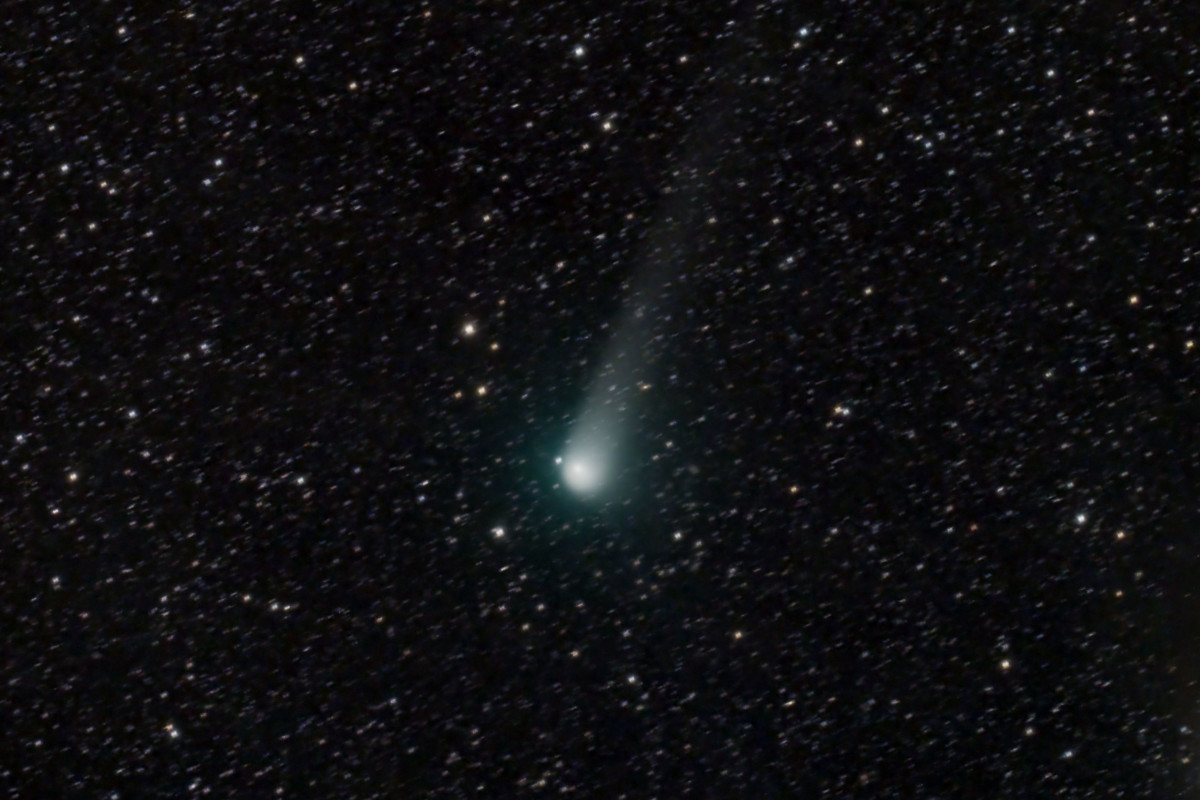
(for some reason I didn’t put this one on Astrobin).
My next target was another example of "dark nebula", this time with a nebula which is dark because of dust blocking the light around it. This one is known as the Seahorse Nebula. Interestingly, the field I captured was wide enough to add a couple of interesting targets in the area: the open cluster NGC 6939 and the beautiful galaxy NGC 6946:
For the next one I chose a more difficult target, a diffuse emission nebula known as Sharpless 115. Such nebulas require filters to be captured properly under conditions like mine where there is light pollution (reasonable but still), and longer exposures (4 hours in this case):
The same day I captured the "Wizard Nebula" but wasn’t happy enough with the result, so I didn’t post it on Astrobin. Here’s the photo, though. I will definitly retry this target in 2023:
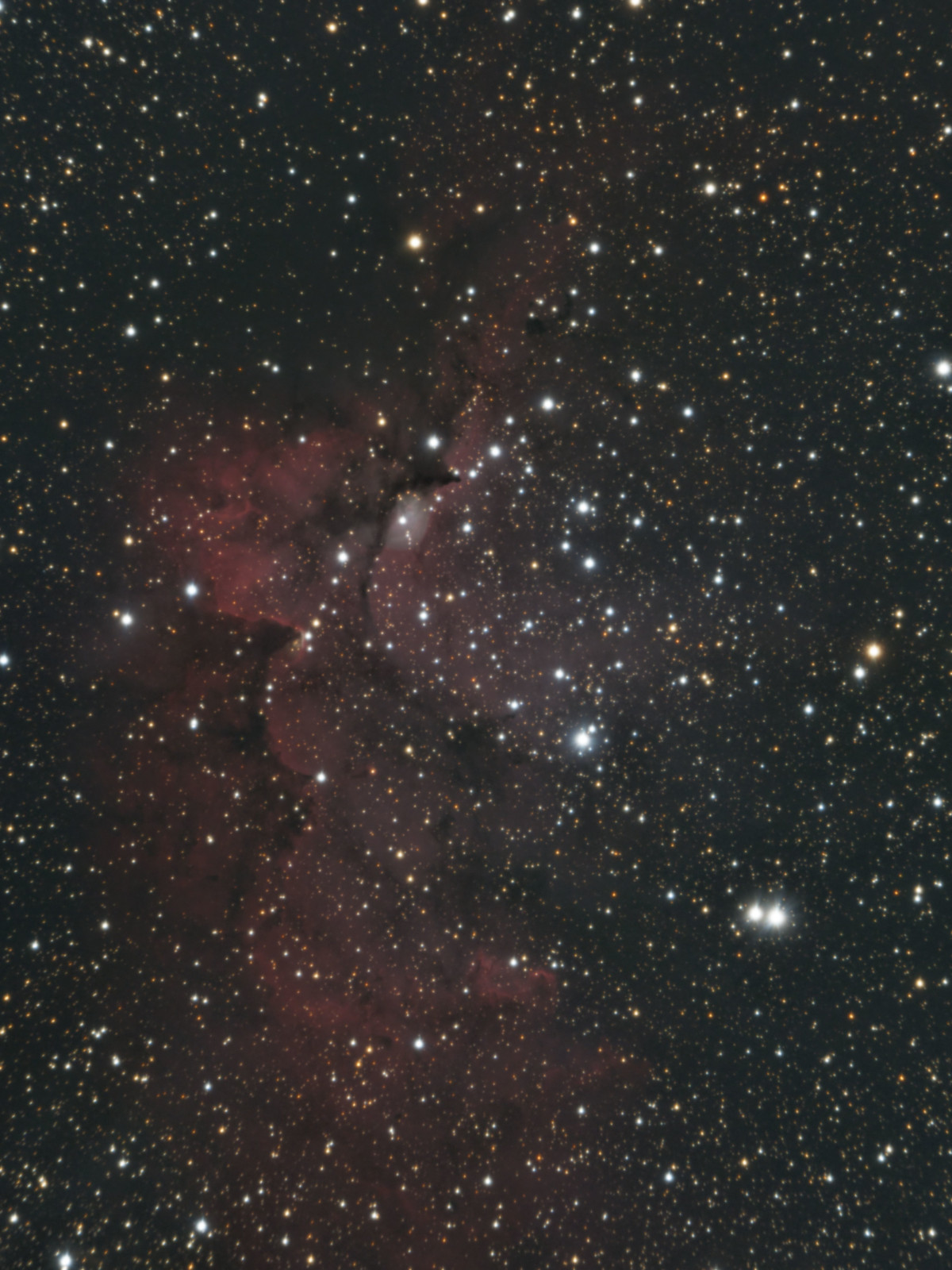
August
The next image is another of my 2022 favorites, and another dark nebula. This one is called the shark nebula, and I hope you’ll figure out why:
Can’t see the shark? Maybe it’s easier with this "starless" version?
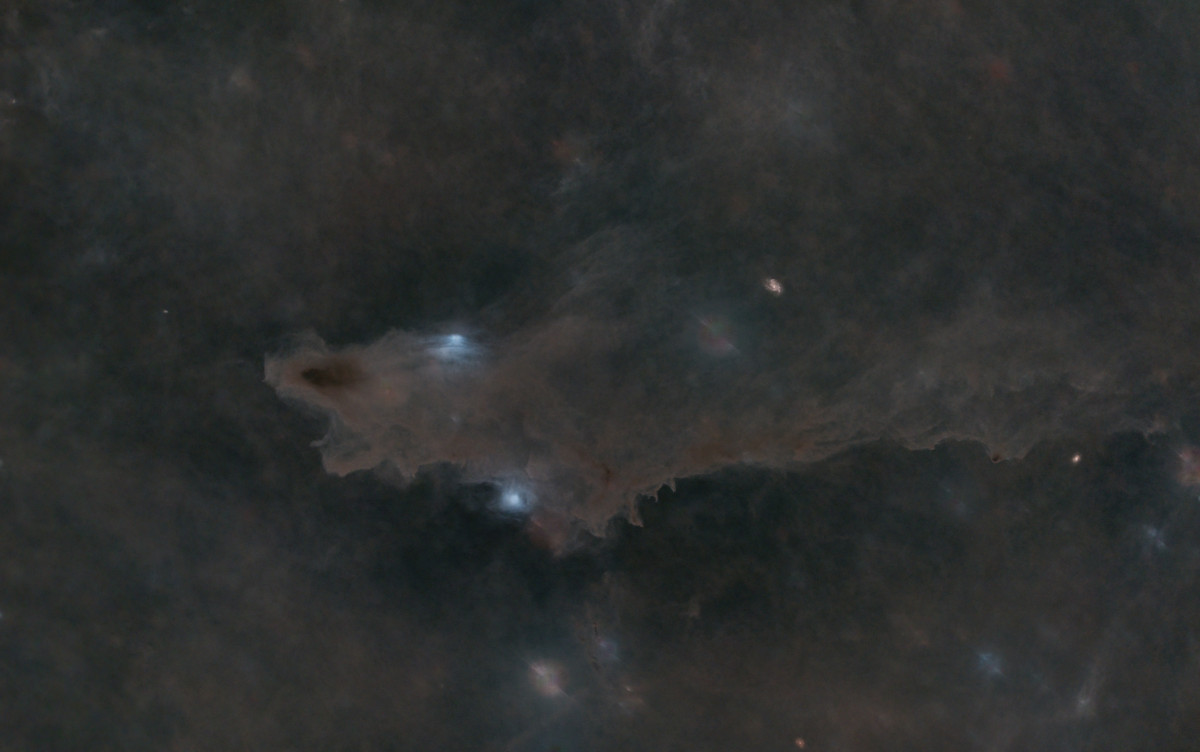
The next image will be familiar, it’s the Andromeda galaxy, once again! Why capturing it multiple times? Well, as I said, the more data you gather, the better. Also processing is difficult, and you have to make a lot of trial to find the right exposure and number of frames to get a good result. Here’s my 2d attempt, which one do you prefer?
Summer is ending, but there was one target I couldn’t miss: another galaxy of our local group, Messier 33, the Triangulum galaxy. This spiral galaxy is particularly magnificient with its blue’ish colors. If you zoom in the photo, you’ll also notice red clouds, which are nebulas where new stars are regularly formed!
September
With the end of summer comes the rainy season, which lasts up to february. September gives us a few last opportunities. The first image, NGC 7822, I’m not super happy with, there are still gradients visible, but let me share it anyway, it’s a retro!
The next one is another classic of astrophoto, the North America and Pelican nebulas, which has the particularity of being a mosaic of 2 images, so if you go to the full version and zoom in, you will see a LOT of details:
The next one will again sound familiar: it’s the triangulum galaxy again, but with a longer focal length, which, in practice, means that it’s "zoomed in" compared to the previous version. I can only encourage you to dig into the full version, which shows an incredible amount of details, definitely another of my favorites of 2022!
November
I told you that the rainy season starts after September, so clearly, between october, and even till the end of November, I wasn’t able to capture a single target! I had a small window on November 29, not much time before rain, so I chose an "easy target", the famous Orion Nebula, which is so bright it doesn’t take long to capture:
The next day I was able to go to a target I wanted to shoot for a long time. NGC 1333 is an area of the sky which shows a variety of nebulas in the same field of view: dark nebulas, but also a light, blue’ish emission nebula, and a red area where new stars are born!
December
Finally, the last picture of this year is from a few days ago. I had to wait after Christmas to get another window, and I chose to try to capture the so-called "Thor’s Helmet". Unfortunately the weather conditions weren’t great, with lots of clouds and eventually fog, so I didn’t get as much data as I would like. This target is particularly difficult because it’s very low, so if I couldn’t capture it now, it would be too late after…
And it’s a wrap! I wish I could do much more photos, but between the moon, the weather conditions and… my daily job, it’s always a bit complicated. There are many objects I would have liked to capture, but either failed or missed the window when they are visible. This is why astrophotography is a lifetime hobby, after all!
